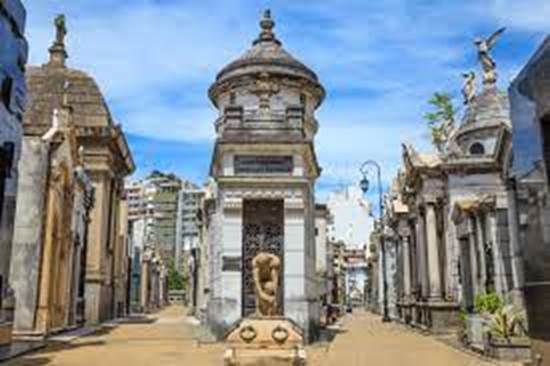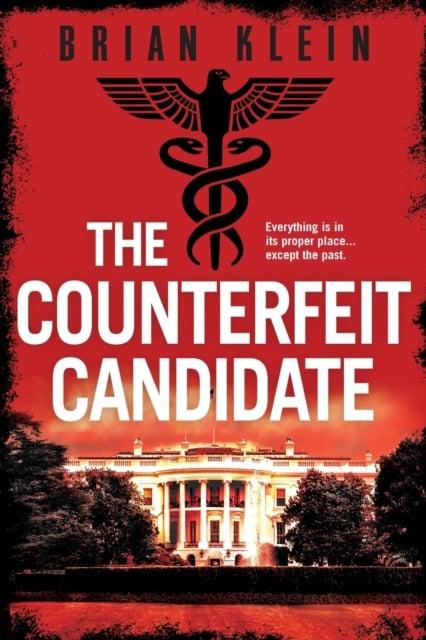
The basic idea for The Counterfeit Candidate had been buried inside my head for over thirty years but, I’d never been brave or confident enough or indeed had the time, to try and write it. In the end, it took the totally unexpected arrival of a pandemic and the first lockdown to turn the idea into a reality. Like millions of people, when the virus struck and the world shut down, I lost all my work and found myself sitting at home wondering what to do. I was a television director, with nothing to direct.
For the previous thirty years I had directed many of the UK’s most popular and enduring shows, including Top Gear, A League Of Their Own, The Grand Tour, Watchdog and Crimewatch. I was part of the core team that produced twenty-two series of the controversial car show that became the biggest TV phenomena in the world, with 350 million weekly viewers in 120 countries. I worked extremely closely with TV heavyweights, Jeremy Clarkson and James Corden, high profile comedians, Jack Whitehall, Alan Carr, Tom Allen , Romesh Ranganathan and Micky Flanagan, sports stars turned presenters, Freddie Flintoff, Jamie Redknapp and Ronnie O’Sullivan and TV chefs Jamie Oliver, Gordon Ramsay and Marco Pierre White. My diary for March – December 2020 was rammed with new programming involving many of these artists and then Covid closed everything down.
I sat at home wondering what to do next and then a remarkable event happened. I decided I would try flesh out my idea of the safe deposit robbery, which I knew would be a key element of the story. I thought I would begin my research by finding a real bank in Buenos Aires that housed a vault with a safe depository and I was truly astonished when my initial google search threw up the fact that in January 2011, the Banco Provincia in Buenos Aires, was the victim of one of the biggest safe deposit heists of all time. Thieves tunneled their way in and escaped with an estimated hundred million dollars’ worth of merchandise. It was a bizarre feeling, as I’d had the idea for the robbery twenty years before it happened in real life!
That was a key moment as it inspired me to begin the writing process and for the following twelve weeks, I worked ten hours a day, seven days a week and became totally obsessed with the project. The end result was a 90,000 word, first draft. No one was more surprised than me or my wife and daughter who witnessed the entire process unfold. My only escape from constant writing was a daily, late night walk with the family dog, Georgie, a gorgeous Frenchador (yes, a Labrador/French Bulldog combo!), who became my thinking companion, when I wanted to explore plot lines.
I always knew the idea required two timelines, one following Hitler’s secret, post-war life in Argentina and the other, a contemporary setting for the robbery and the 2012 Presidential campaign. I soon appreciated that in effect I was writing two books and the only way I could make that work, was to write them completely separately. So, the contemporary story came first and then, when that was complete, I set about writing the story of Hitler’s post-war life in Argentina and his outrageous plan for building a Fourth Reich in the United States.
I have always been fascinated by conspiracy theories. JFK’s assassination, the moon landings, Princess Diana’s car crash, all come to mind. But they don’t come much bigger or more controversial, than the apparent suicides of Adolf Hitler and Eva Braun in the Führer’s notorious bunker in war-torn Berlin on 30th April 1945. It’s a highly contentious event that has generated countless books, articles and documentaries and the truth is that, even today, views differ on what really happened.
It’s well recorded that in July 1945, just three months after Hitler’s supposed death, Stalin met with Churchill and Roosevelt at the Potsdam Conference in Germany, where he cast doubt on the official story of the Führer’s death. He astonished the two western leaders by claiming that Hitler had eluded his Red Army, escaped from Berlin and was hiding somewhere in Patagonia. The genie was well and truly out of the bottle and a new conspiracy theory was born.
As a student, I studied Hitler and the rise and fall of The Third Reich at Queen Mary College, where I completed a degree in History and Modern Politics. I’ve always had a gut feeling that Hitler wasn’t the kind of man to take his own life, but then again, there is a great deal of compelling evidence, and eye-witness testimony, to suggest he did. However, for the purposes of writing The Counterfeit Candidate, I went with my gut. I couldn’t help wondering, “What if….”
THE IDEA
What if Hitler escaped from Berlin at the end of the war and built a new life, using a false identity and perpetuated his dynasty. How would that singular event change the course of history and impact on the lives of millions of people around the world.
What if, in the present day, Republican Senator John Franklin, an American born citizen on the verge of securing the Presidency, was, in reality, Adolf Hitler’s grandson. A man, groomed from birth by his family to become the most powerful leader in the world.
The contemporary part of the story is set in January, 2012 and chaos breaks out, when a sensational safe deposit robbery, at a seemingly impregnable bank vault in Buenos Aires, ignites the possibility of exposing this incredible historical truth. The three audacious thieves who carry out the heist, have no idea the contents of Box 1321, one of ninety raided in the robbery, contain original documentation and film that can expose the real identity of the presidential candidate. They are hunted down in a blood-soaked manhunt in pursuit of the explosive materials hidden inside the box.
For The Counterfeit Candidate, I created a fictional account of Hitler’s escape from Berlin, involving a perilous night-time drive through enemy lines from Berlin to the coastal port of Kiel, set on the north-west coast of Germany. Then a seven-week sea passage on a dilapidated cargo boat, transports the Führer, Eva Braun and Hitler’s personal secretary, Martin Bormann to the Argentine port of Rio Gallegos. The location I chose for their new life, El Calafate in the province of Santa Cruz, in Patagonia, is a real town.
I named the farmhouse which became Hitler’s new base, ‘El Blondie,” as I liked the conceit that the name of the Führer’s new home would be a permanent memorial to his beloved dog, who he had left behind in the bunker. A creature he loved far more than any human.
The idea of Hitler and Bormann creating and building one of the biggest pharmaceutical companies in the world, seemed plausible to me. It would provide them with a huge multinational vehicle, perfect for laundering the vast sums of money they had taken out of Germany. It would also give them a platform of power and respectability for Hitler’s son, enabling him to set up a new home in the United States, where he could father an heir, who could go on to become a world leader, achieving the ultimate prize of the Presidency.
Martin Boorman is a key figure in the book and the arch manipulator behind the masterplan to land Hitler’s grandson in the White House.
I decided it was essential to try and make this part of the story feel as authentic as possible. So, I weaved into the narrative a number of real-life characters. Early on, we meet Hitler’s support team who were living in wretched conditions inside the infamous bunker. His driver, Erich Kempka, personal valet, Hans Linge, private physician, Thomas Morrell and his long-time chef, Constanze Manziarly.
Later in the story, once Hitler is living In Argentina, we see him interact with two fellow notorious Nazis who we know, really did escape to Patagonia, Josef Mengele and Adolf Eichmann. One of the chapters covers the audacious abduction of Eichmann by the Israeli secret service, Mossad, in 1960, which was a global news event at the time. In my story, Hitler tries in vain to help Eichmann avoid capture but to no avail.
I also created a number of prominent scenes between the Führer and the iconic couple who ruled Argentina, Juan and Eva Peron. If Hitler did settle in El Calafate, there is no question he would have been supported and protected by the Peron regime, who were openly pro-Nazi supporters.
In one particular encounter, the couple are guests of honour at Hitler’s 60th birthday party, where Maria Callas makes a cameo appearance singing an aria from the Führer’s favourite Wagner opera, Rienzi.
Lockdown meant I had no choice but to plough the internet for research for many aspects of the story, although fortunately I had prior knowledge of Hitler from my University studies and I had travelled extensively across South America, both for filming and social purposes. When it came to locations, Buenos Aires provided a wonderful, stunning backdrop for so many scenes. One of my favourite locations featured in the book is without doubt the renowned, Recoleta Cemetry, considered by many to be the most beautiful burial ground in the world.

One of the principal figures in the story, Matias Paz, is a former fascist mercenary whose office happens to be located next to the cemetry. He regularly visits the mausoleum of one of his idols, Argentine boxing legend, Louis Angel Firpo, who was known as the “Wild Bull of the Papas.” Paz holds a number of key meetings with his staff, sitting on a stone bench in front of the giant marble statue of his hero, which provides a stunning backdrop.
The truth is, when I began the project in Lockdown, I had no idea if I was capable of completing it and trust me, when I say, no one was more surprised than me, that the book finally got written. However, almost as challenging as writing the story was securing a literary agent and subsequently a publisher, but somehow I managed it and here we are!
 Level Best Books
Level Best Books
15th July
paperback original
£8.99
Watch the Trailer: https://f.io/PfYC_WJy